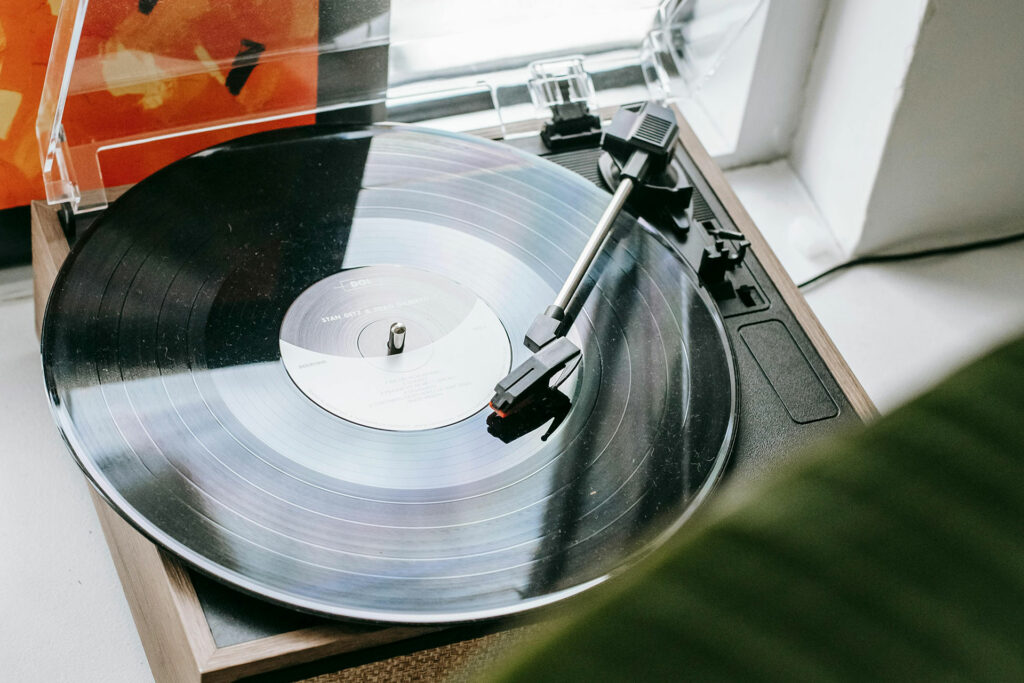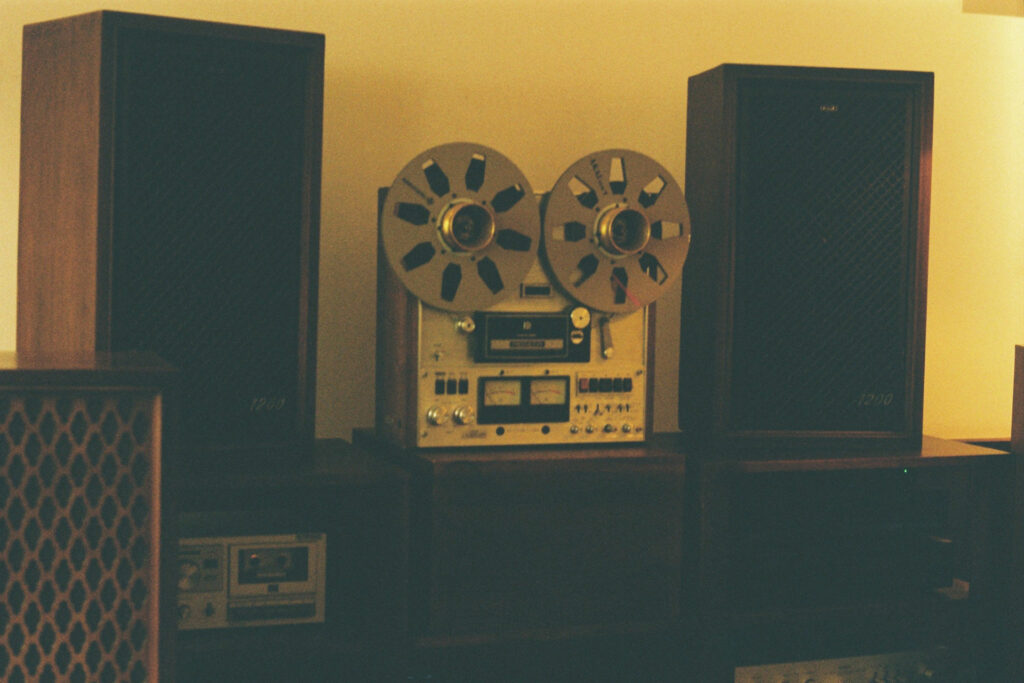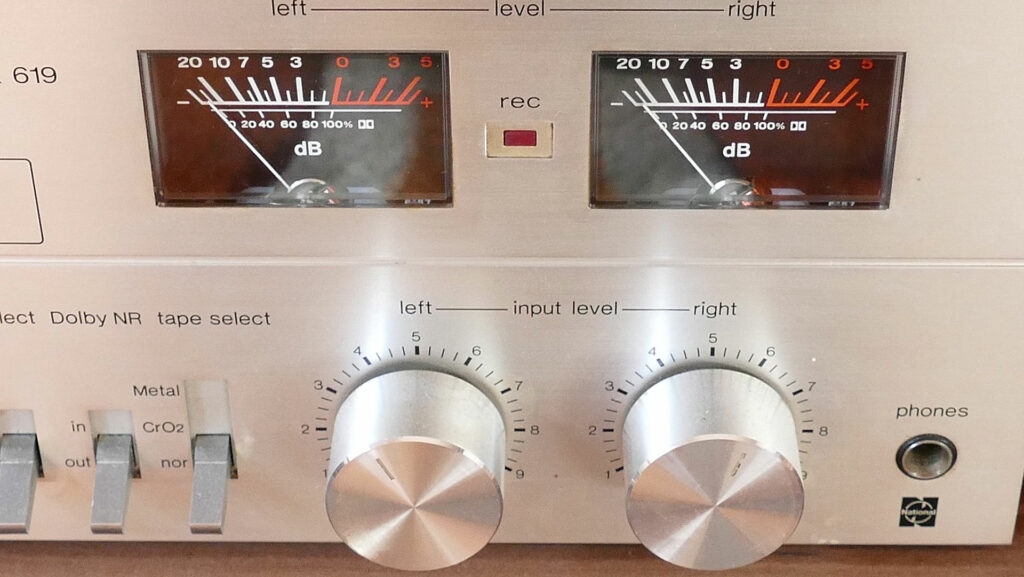Upgrading our audiophile system is a big part of the fun in this hobby. Maybe we want to simply heighten our musical enjoyment by improving the configuration of our audio system. Perhaps recent listening experiences at an audiophile dealer, an audio show or a friend’s home left us with that pesky feeling of wanting more. When this condition arises, and we are dedicated to making a change, there are a number of ways to go about doing so and, when done right, it is this new energy and enthusiasm which keeps us coming back for more, as this is the most fun part of building out our audio systems.

Always Be Researching Your Next Audiophile Upgrade
Our upgrade path should always begin with meaningful research. We are partial to reading a lot of reviews here, but we are, of course, biased. Not all reviews are the same. It is important, for starters, to find writers with whom you tend to agree on all things audio. If you are a digital HD streaming guy, then you might not want to look to an old-school vinyl lover as your main source of information. It is OK to read reviews from offbeat publications and lesser-known reviewers, but it is always good to keep tabs on your favorite voices, be they on the printed page, the screens of your devices, or even coming to you streaming from YouTube.com. Diverse opinions help you focus in on what’s really what when you are considering an audiophile device.
Talking with dealers is another rock-solid source for good information. If you end up meeting audiophile salespeople who are like-minded, as well as involved in the hobby themselves, then you are on your way to obtaining more valuable information. Having a great relationship with one or more audiophile dealers in your general vicinity is a very good way to get the most out of the hobby and your budget. It is important to try to spread the love around a little bit with your spends, so you aren’t the guy who wastes dozens of hours of these professionals’ time and rarely, if ever, buys anything. Even if you can save a few hundred bucks elsewhere, it is always a good idea to spread your spend out over a few audiophile retail locations, especially ones who will reward your customer loyalty.
Seeking Audiophile System Synergy Is an Elusive But Worthy Goal
Demoing equipment to ensure that any new or proposed components blend harmoniously together is a very prudent first step in deciding on what should be the next turn in our longer-term audio roadmap. Sometimes excellent audiophile components perform well in certain situations and/or system configurations, but not others. That doesn’t make said component a bad one, but it might make it one you should pass on for your specific upgrade – which is 100 percent perfectly fine.

When It Is Time to Confidently Make a System Upgrade
When all of your due diligence has been reasonably completed, the next logical step is to try and finalize the decision on what component will be purchased. This is where things may get a little fuzzy or uncertain, because without a doubt (doubt being the operative word), making a buying decision may prove exhaustingly difficult, especially as prices and overall stakes get higher and higher. This is where you need to trust your ears, your instincts, the reviews you’ve read and the advice you’ve received. Often a “gulp” is needed before you reach for your favorite credit card, but that is only natural. Remember, you are going to have a great time enjoying any new component that has successfully completed your exhaustive research process. Once done, there is actually a lot less risk than it seems, because some of these components cost more than the retail price of your first (and maybe second) car. However, don’t worry, you are going to be OK here.
Chasing Diminishing Audiophile Returns Is a Natural Part of the Audiophile Upgrade Process
One controversial concept bandied about in the audiophile press is the law of diminishing returns. This is the theory that, at some point, it becomes increasingly difficult to justify spending more and more money on audiophile gear, because the extra expense may not result in commensurate improvements paired with the money needed to make such an upgrade. A very logical question, and one most of us will ask ourselves somewhere in the upgrade process, is, if I replace this component and spend “X” dollars more for the new version, will the sonic improvement be worth the extra cost? Often, this is a question with no obvious answer. Why? There are many reasons including supply chain, higher manufacturing costs, more expensive parts, more expensive metal work, additional listening fees, and so much more. The good news is by no means do you need to upgrade your gear just because something new recently hit the market. Many serious computer users avoid updating their operating systems for weeks or even months to allow the software dust to settle. The same goes for audiophile components and, in the case of audio gear, there is no rule requiring you to upgrade if you are satisfied with your current audio system.
Diminishing returns are also not necessarily tied to outrageously expensive equipment. It may be equally applied to deciding on the veracity of moving from a $50 speaker cable to a $500 version. It might not be as blatantly obvious a decision when you are looking to go from a $500 pair of speaker cables to ones costing $5,000 or even more. Are the more expensive ones better in your system? Is the extra cost really worth the asking price? This is where the decisions get a little trickier, but again, this is the part of the fun of the hobby over time.

Is There a Different Way to Upgrade an Audio System?
Some audiophiles have the financial wherewithal to pay little attention to cost. They see it, they like it, they buy it and they enjoy it for a while. Then they repeat the process all over again when the next shiny bauble comes onto the market. Most audiophiles are not especially deep-pocketed people, but we can effectively do something similar, and maybe, in the process, simplify the difficulty in upgrading a component.
It is not uncommon to fall in absolute love with an audio component. The first time I saw a picture of the KEF Blade, I thought it was the ugliest speaker I had ever seen. Whereupon hearing a set at an audio show, I fell in love with them and, three months later, I ended up owning a pair. My initial discomfort with the radical look of these remarkable speakers gave way to their excellent sound, paired with the process I used to research which audio components I wanted to buy. And buy I did…
Using my KEF Blade loudspeaker as an example, I had, at the time, a set of Focal Electra 1038 BEs when the Blade bug sunk its teeth into me. The Focal 1038s retailed for about $12,000 or so at the time. The KEF Blades were $32,000 (I chose a premium paint color which carried a higher cost). Had I applied the Law of Diminishing Return, I suspect I would have not purchased the Blades. Going from a $12,000 speaker to a $32,000 speaker would likely be viewed by many as a foolhardy expense. I applied a different logic.
I wanted the Blades. There was no doubt there. Preliminary research, demoing, price negotiating, all those efforts had been completed. I had to justify the expense. I first needed to decide if I even needed new speakers. Will moving the furniture in the audio room, along with repositioning the speakers, improve the sonics? Will room treatments help? Could I maybe add room correction software to more closely approximate a more appealing frequency response? Are these very expensive speakers my only real option for new speakers? I considered these questions, and more, as part of the decision-making process.
Once I had answered those questions, I needed to then decide if these were the speakers I wanted. Will any other speakers make me as happy? I then, and only after satisfying all the other issues, asked myself one simple question – “Can I afford them? Can I write the check without missing the money? If I went to Vegas and gambled an equal amount on craps and lost every penny, would I laugh it off and relish the fun time I had in the process?” If spending the money was not a problem, the next step was exceedingly easy.
I was blessed enough to be able to write the check and enjoy the new speakers. Which is exactly what I did, and never looked back, even though I have kept going with my system and its upgrades.
More Details on My Thought Processes When Upgrading My Audiophile Components
My upgrade policy today is now much simpler, as my system has gotten pretty pricey. I first decide if I need to replace anything and there are no other viable or more affordable options available. I then decide if the new component is good enough sonically. I make absolutely sure my choice is the one I want and will be happy with for a long time. If I don’t like anything about the performance, regardless of the cost, I move on to something else. Once I decide on a component, I then, only then, consider price. If I have the funds available and won’t miss them, I pull the trigger. If I am in any way circumspect about the cost, I shut things down. Today, when I make the decision to forge ahead with an audiophile investment, I enjoy the new and improved sound and ignore the cost.
In no way whatsoever am I advocating spending huge sums of money. This is not about spending hundreds of thousands of dollars on a system or even part of a system. Working your budget for an audiophile upgrade tends to be more about investing a percentage of your disposable income on something which brings you joy. It is vitally important our audio systems be just that – a product of disposable income and not a new way to add debt to our net worth. Some of us have a higher threshold of disposable income, which is fine. What I see as the most important part of an audio system is how much we enjoy what we hear.
Gear, for the sake of gear, doesn’t matter. Cost doesn’t matter, as long as you are not spending money earmarked for your third kid’s college fund or something more lofty than a new stereo preamp. Only one thing really matters, which is, when we press play, can we settle into a comfortable chair, relax, and appreciate the simple pleasure brought forth from listening to our music. If you are accomplishing these audiophile goals, you are winning at the audiophile game.
Final Thoughts on the Fine Art of the Audiophile Upgrade…
There are many different justifications of when, how or if an audio component should be upgraded. Diminishing returns and the law of continued enjoyment are only two of a wide range of ways to follow the upgrade path. What I see as the most important aspect of upgrades is first being sure the new whatever is the best choice. If there is any measure of doubt, then maybe the search is not yet complete. If there is even a pause into the affordability of the new whatever, then maybe it is an expense better suited for another day.
On the other hand, if a firm decision on a new whatever has been reached, and the funds for the purchase are well at hand, then taking the plunge is a pretty safe bet. Certainly better than the odds at a Vegas craps table. And one easily capable of providing what I like to call an “oh wow” moment the first time the new whatever is cranked up in the audio room.




Be extremely careful about ‘the shock of the new’. When you upgraded from the Focals to the Blades I bet you were immediately impressed but is that still true now? I bet you’ve got ‘used’ to your Blades & the next upgrade will need to be $100K speakers. Nothing wrong with that if you have the wherewithal but it is a recognizable trap!
Actually, I never really “got used” to the sound of the Blades. For the entire time I had them, up until 2019, I always liked them. I still think they are a fantastic speaker. As it happens, as it so often does in this hobby, I found something I liked better and moved on.